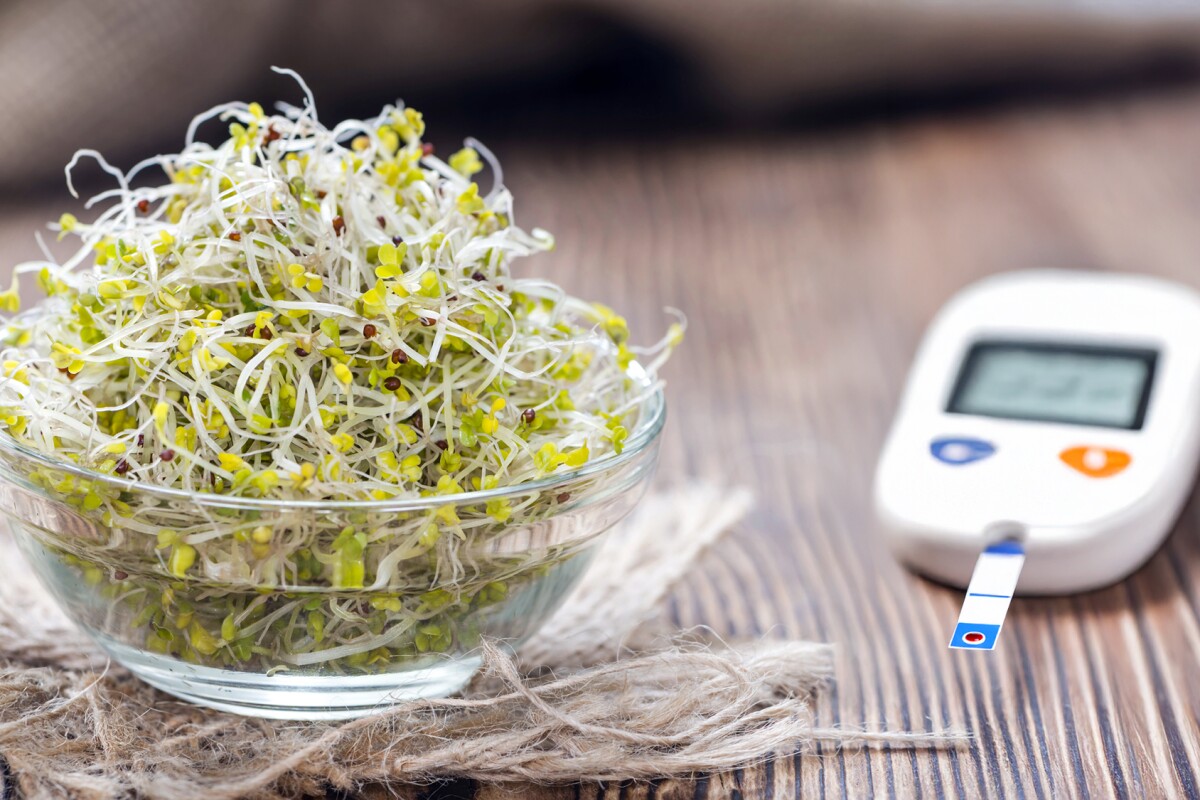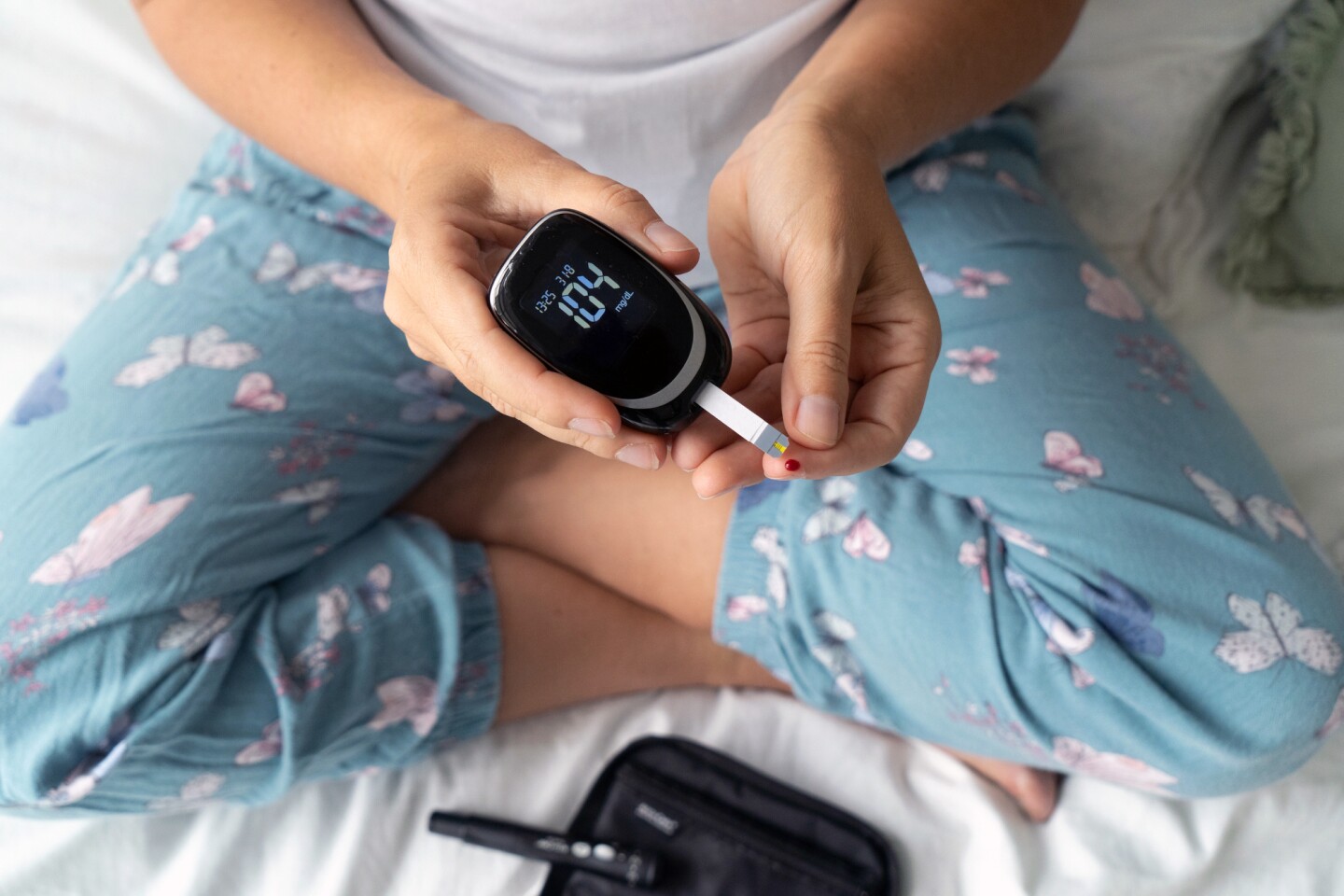From nebraskamed.com
Around 50% of people with diabetes will go on to develop neuropathy, but sometimes its start is barely noticeable. "Not many people recognise it as a complication," says endocrinologist Shubham Agarwal, MBBS. "Many diabetic neuropathy symptoms start with a loss of sensation. Unfortunately, unless a provider asks about it, it can go unnoticed for a long period of time."
Early warning signs
Diabetic neuropathy typically happens in two ways:
- Negative symptoms: A total loss of sensation in affected areas.
- Positive symptoms: May include tingling and “pins and needles” sensations, pain, increased sensitivity to touch and muscle weakness.
"The most common symptoms that patients should be aware of is either some kind of loss of sensation in their feet – that is how it typically begins – or symptoms of numbness or tingling," Dr. Agarwal says.
In advanced cases, the loss of sensation may result in balance issues and a higher risk of falls. This occurs because the feet do not effectively send signals to the brain.
Types of diabetic neuropathy
Although often seen in both feet, beginning at the toes and moving upwards, diabetic neuropathy can show up in different forms:
- Peripheral neuropathy: The classic form affecting the feet, characterized by sensation changes on both sides of the body.
- Autonomic neuropathy: Affects internal organs, like the heart and digestive system. "Our organs are supplied by nerves,” Dr. Agarwal says. “The heart gets impulses and information from various nerve receptors to dictate the rate at which the heart should be beating.” This can lead to blood pressure issues and even paralysis of the stomach muscles (gastroparesis).
- Focal neuropathy: A rare type where single nerves are affected. This may cause symptoms like electrical sensations running down a leg or pain or paralysis of the eye muscles.
Prevention and risk factors
The biggest risk factor is – poorly controlled diabetes over time. "The single most important thing is being very proactive in getting diabetes under control sooner than later. That is the best way to prevent it," Dr. Agarwal says.
For Type 1 diabetes patients, screening usually starts after five years of having the condition. Type 2 diabetes patients should be screened when they are diagnosed. This is because the condition may have been “brewing in the background,” Dr. Agarwal says.
Treatment options
“Treatments for diabetic neuropathy are not the usual pain medications like Tylenol," Dr. Agarwal says. Instead, treatment often involves drugs originally developed for depression or mood disorders, such as:
- Duloxetine
- Venlafaxine
- Gabapentin
- Pregabalin
These drugs help by adjusting the brain chemicals that act like traffic controllers for pain signals. By modulating these chemicals, they help block some of the pain messages from damaged nerves from reaching the brain. This makes the pain more manageable.
Essential self-care practices
Daily foot care is crucial once neuropathy develops. Because a lack of sensation can mask injuries or infections, Dr. Agarwal strongly recommends:
- Checking your feet daily.
- Thorough drying between toes.
- Regular nail care.
- Proper footwear (potentially including specialized diabetic shoes).
- Immediate attention to any cuts or injuries.
"The biggest concern with neuropathy is that there is a certain amount of sensory loss," Dr. Agarwal says. "If you stub your toe or step on a nail, or have bacteria or fungus growing in there, not having enough sensation in the feet means you might not know that something's going on and potentially going to spread inwards."
Working with your doctor
Effective management involves clear communication with your providers. To help, you can:
- Record symptoms and onset in detail.
- Share past treatment information.
- Ask about prevention and progression.
- Discuss lifestyle changes.
Early recognition and intervention can help manage diabetic neuropathy effectively and reduce its impact on your quality of life.




.png?sfvrsn=dc899222_3)